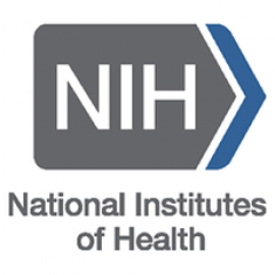Current methods of cancer treatment such as surgery, radiation, and chemo-immuno-therapy strive to balance cancer treatment against adverse effects. Several treatments that aim to kill cancer cells while sparing normal cells are in development. However, no such therapies have been developed for locally advanced, deep visceral cancers. Photoimmunotherapy (PIT) is a targeted therapy for cancer with highly selective cell killing based on the use of an antibody - photoabsorber (IR700DX) conjugate (APC) and targeted low energy light therapy. Developed by the National Cancer Institute, this therapy is termed near infrared PIT (NIR-PIT). The antibody can be chosen for optimal binding to a particular cancer based on its cell surface expression. IR700DX is only toxic to cells when the APC is bound to the cell membrane. When exposed to near-infrared light (~690nm) rapid cell necrosis occurs in tumor cells due to changes in cell membrane permeability, but no damage is observed in normal cells that have no or minimal expression of the target antigen. NIR-PIT is in clinical trials in inoperable recurrent head/neck cancers using the conjugate Cetuximab-IR700. A Phase I study has demonstrated minimal adverse events with substantial effects on the tumor including several complete responses.
Our strategy relies on engineered nanosystems to enable deep-tissue treatment of cancer via NIR-PIT activated by X-Rays. While a single exposure of APC followed by a single dose of NIR light is effective in knocking down cancer cells, it is not adequate to completely kill the tumor likely due to incomplete penetration of the APC within the tumor. However, multiple exposures of light separated by hours to days are effective and have often resulted in cures in models. The APC demonstrates a relatively long circulation time thus, after first light exposure, additional circulating APCs enter the tumor and bind to remaining tumor cells. Since NIR-PIT kills tumor cells but not vascular endothelium, the vessels are left intact with a 24 fold increase in the permeability of tumor vessels to macromolecules as large as 200nm, an effect termed Super Enhanced Permeability and Retention (SUPR). This project takes advantage of SUPR after an initial NIR-PIT treatment for delivering x-ray activatable nanoparticles, emitting light in the IR700DX absorption range, to the tumor.
Project partners
- University of South Florida (USA) - S.E. Saddow
- IMEM-CNR (Italy) - Parma unit: G. Attolini, F. Bigi, M. Bosi, L. Lazzarini, F. Rossi, G. Salviati; Trento unit: M.V. Nardi, M. Timpel, R. Verucchi
- Wigner Research Centre for Physics (Hungary) - D. Beke, A. Gali
- National Cancer Institute (USA) - P.L. Choyke










